
Gaiety Theatre, Shimla’s popular landmark
| Photo Credit: Special Arrangement
On a cold, rainy evening as you entered the Gaiety Theatre, Shimla’s popular landmark, with its elegant grey stone facade, for the Parampara aur Viraasat Utsav, it felt like stepping into a bygone era. Designed by popular British architect Henry Irwin, the man behind most of the buildings in Chennai, including the High Court, Government Museum, and the Southern Railway Headquarters, the theatre with its blend of Gothic and Victorian elements has retained every bit of the old world charm. Once frequented by viceroys and governor-generals, it was also a favourite haunt of legendary artistes such as Prithviraj Kapoor and K.L. Saigal.
The theatre, which opened on May 30, 1887, is the oldest in India. Earlier known as Gaiety Theatre, it was part of a complex that also included a ballroom, library, and police office. Of course, the main and most admired was the theatre, above which were the offices of the Amateur Dramatic Club, established in 1837. The club was often referred to as the Green Room Club since its walls were then painted in green. The club still stages an English play annually.
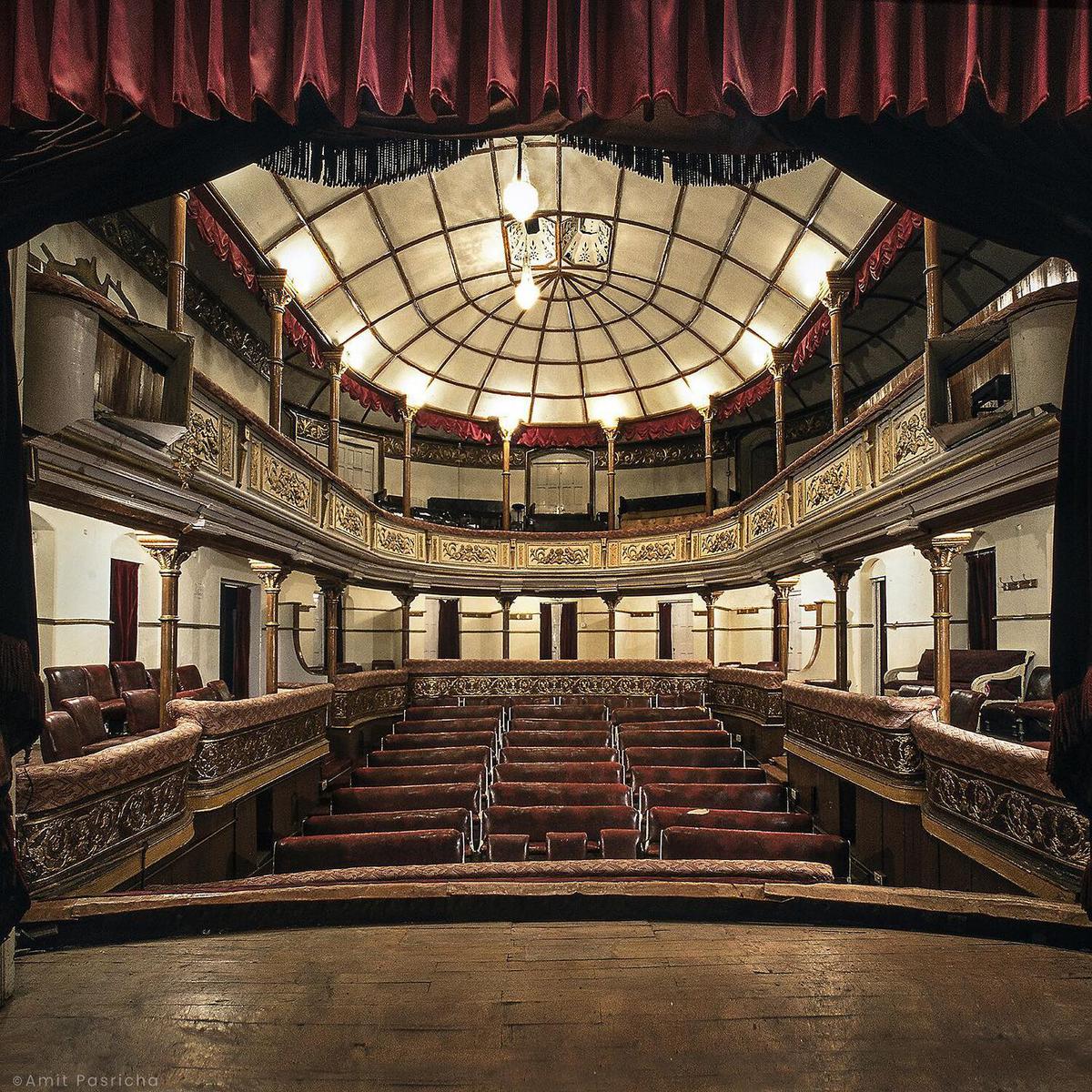
An inside view of the Gaiety Theatre in Shimla
| Photo Credit:
Amit Pasricha
Parts of the complex had to be demolished in the first decade of the 20th century, as they were in urgent need of repair. But the Gaiety Theatre hall remained untouched and continued to host plays, and occasionally music and dance concerts. Often termed ‘mini Royal Albert Hall’, the cosy auditorium has three overhanging boxes, a pit that can seat about 150 people, and a balcony on top runs around the oval structure. There is space below the stage to accomodate live orchestra. It has spacious wings on either side of the stage.
Mumbai-based architect and conservationist Ved Segan, who visited the town in 1984 to restore the structure, started work on the project almost 15 years later. According to Ved, it took him a long time to convince the state government that the restoration was possible without damaging the structure.
The renovated building, which opened in 2009, included exhibition areas and a new multi-purpose hall, which today also serves as an auditorium, has a seating capacity of around 600. The interiors saw painstakingly restored gold gilded papier mache panels, velvet covered seats, and chandeliers.
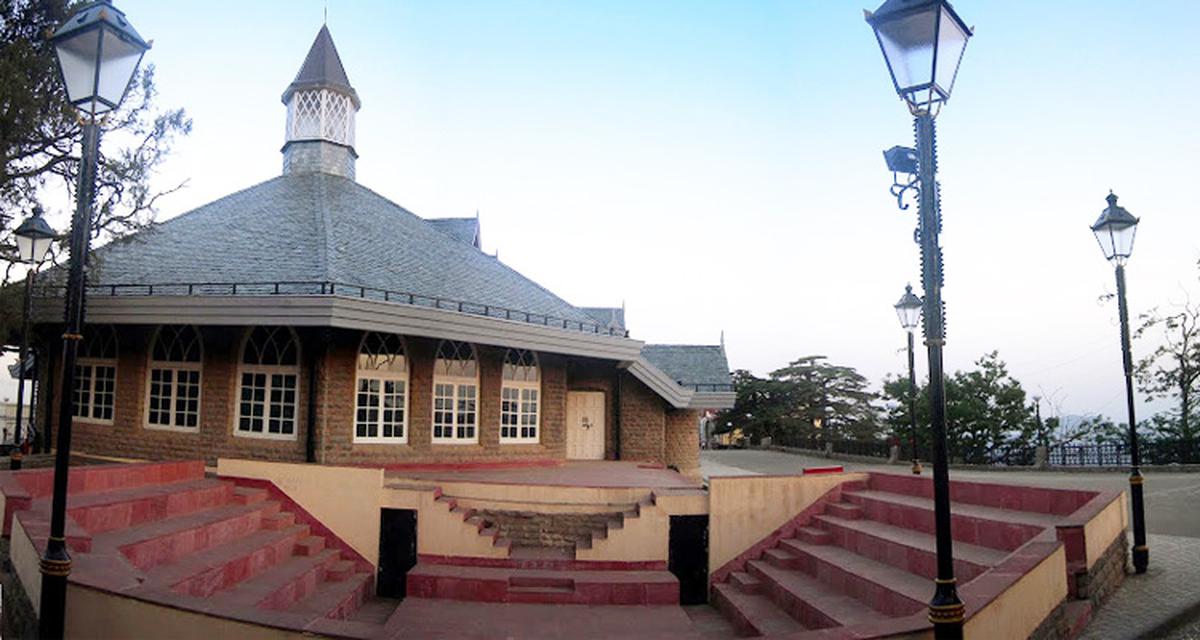
The Gaiety is the oldest theatre in India
| Photo Credit:
Special Arrangement
The Gaiety Gothic Theatre, as it is now called, to distinguish it from the newly built larger auditorium was the venue of the three-day Parampara Aur Viraasat Utsav. Organised by the State’s Department of Language, Art and Culture, the coordinator of the festival was Pune-based Manju Pendharkar, who also expertly anchored it. Certainly, there couldn’t have been a better venue to showcase the country’s musical heritage.
The six main artistes who performed at the festival were aware of the venue’s hoary past. Kalapini Komkali, who along with her nephew Bhuvanesh, opened the festival said, “I am over-awed to be performing for the first time on a stage, which has long been associated with the arts, and has seen the likes of Bhisham Sahni, Jennifer Kendal and Shashi Kapoor and Kundanlal Saigal perform here.” Bhuvanesh was more taken with the sound system. He said that during the sound check, he could even hear a footstep on stage at the end of the auditorium. He felt one would need sound proof doors to be able to sing without amplification. During plays, which are performed without mics, no one is allowed entry after the play starts, as sounds from outside the hall filter in.
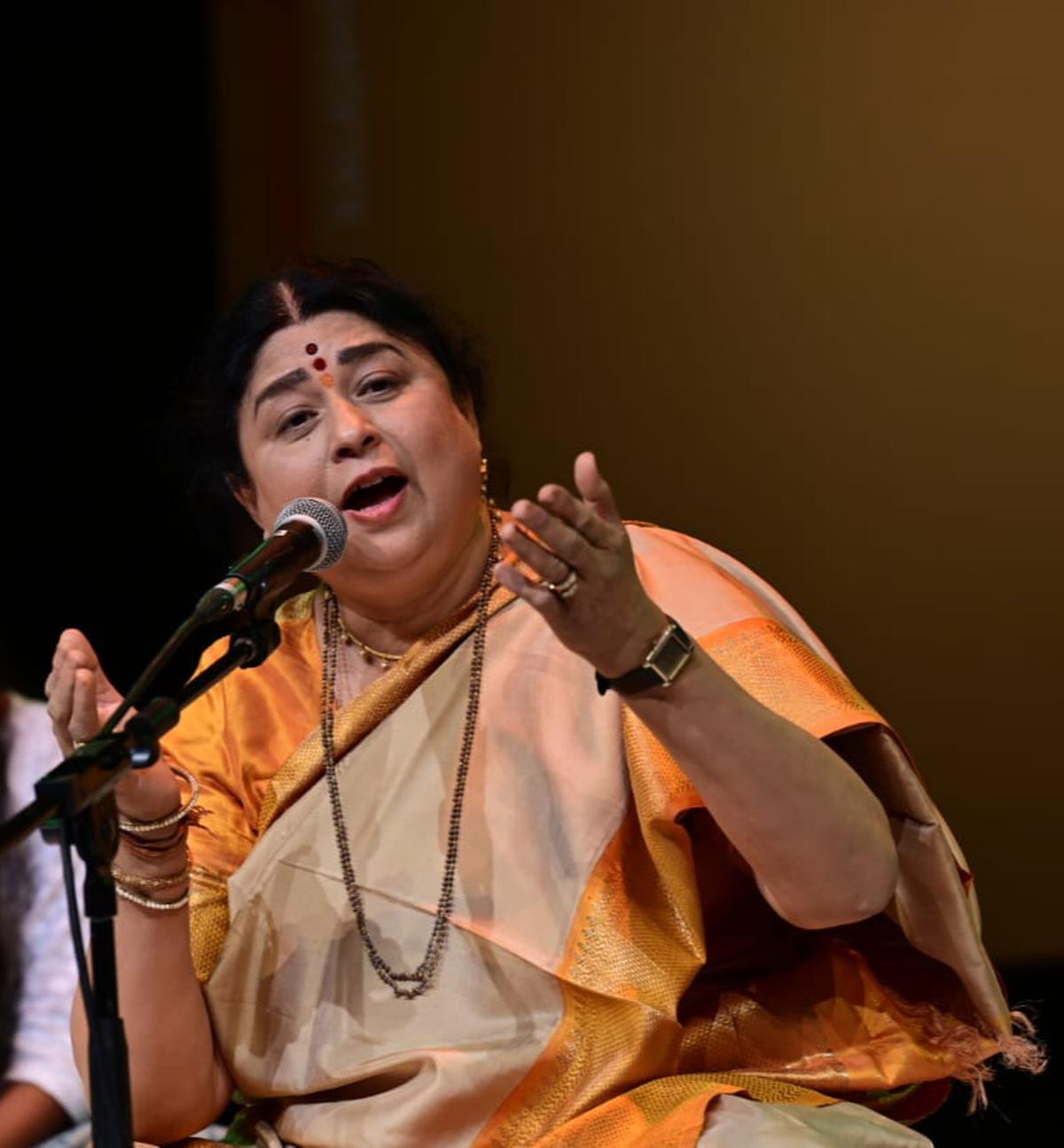
Kalapini Komkali
| Photo Credit:
Special Arrangement
The closing performance was by the young tabla whiz kid of the Punjab gharana, Yashwant Vaishnav. His guru Pt Yogesh Samsi had played a thrilling jugalbandi concert with fellow tabla exponent Pt Subhankar Bannerji at the Gaiety theatre a few years ago.
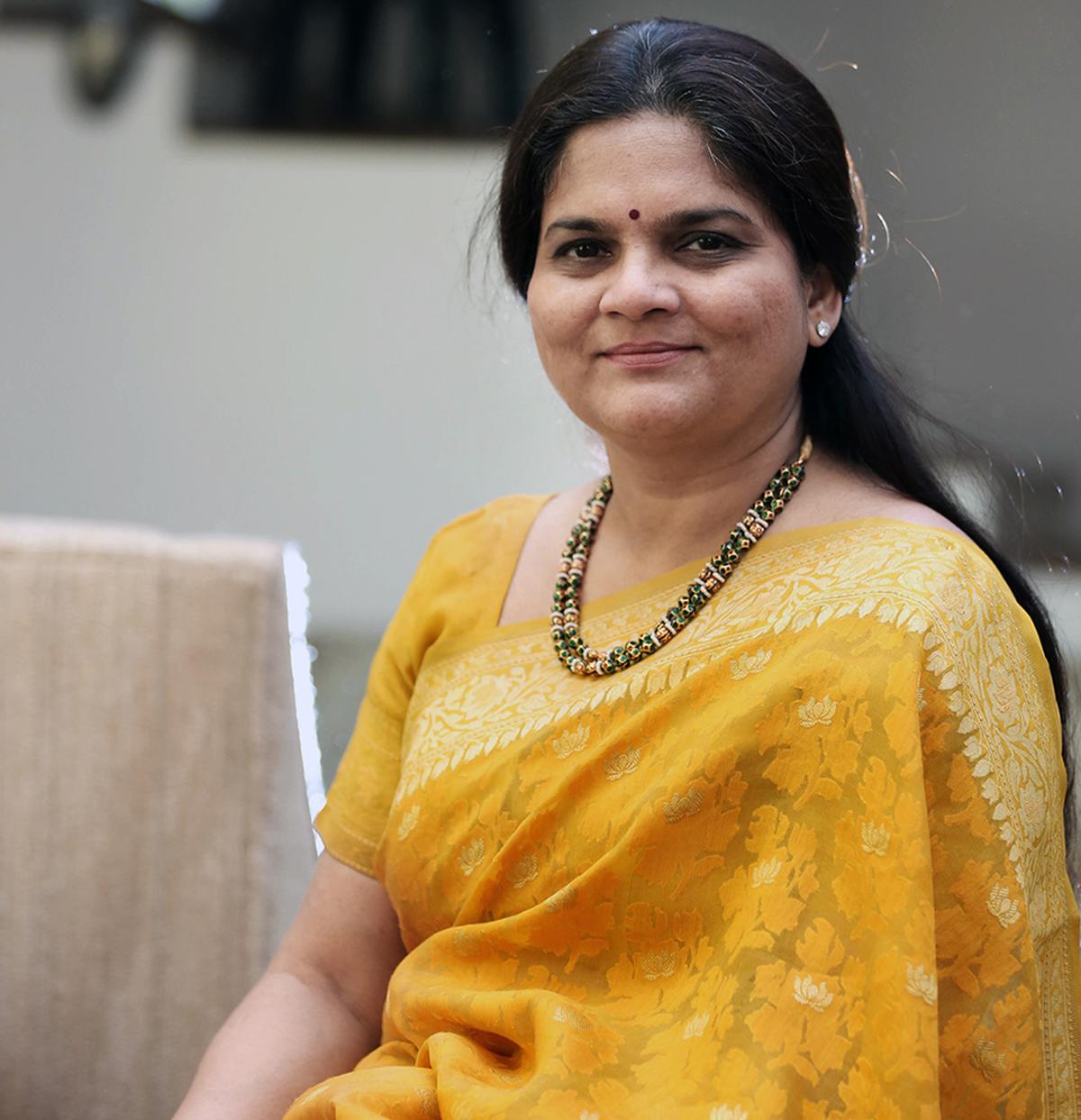
Devaki Pandit
| Photo Credit:
Special Arrangement
The second day featured vocalist Devaki Pandit from Mumbai; who shared how she felt going up on the stage that was once occupied by stalwarts. “It filled me with a positive energy. The venue was as much about virasaat as the festival was.”
Sanjeev Abhyankar, senior disciple of Pt. Jasraj
| Photo Credit:
Special Arrangement
The concluding day featured vocalist Sanjeev Abhyankar, senior disciple of Pt Jasraj; for him performing at the Gaiety Theatre was a kind of homecoming as it was his third experience. He shared that when he had first come to Shimla on his honeymoon, he had never imagined he would return to perform here.
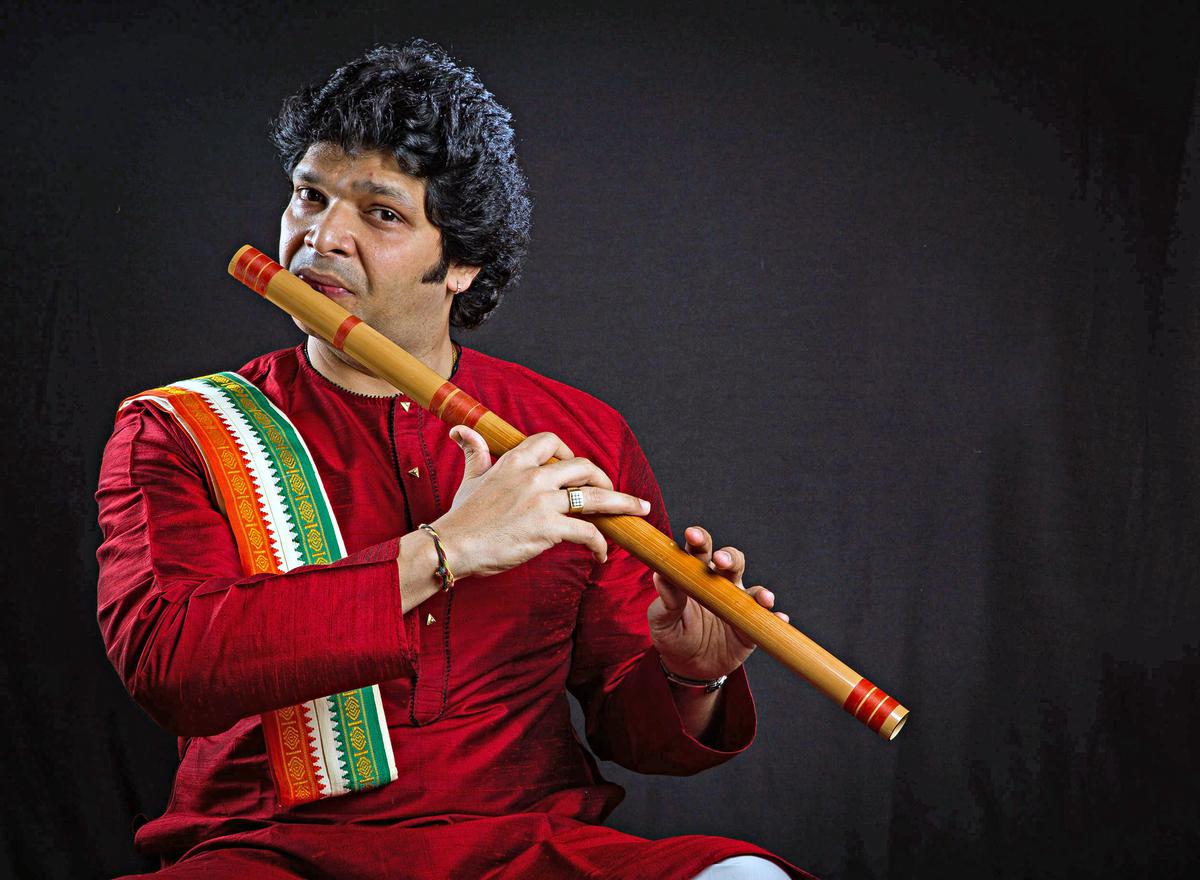
Fluatist Rakesh Chaurasia
| Photo Credit:
Special Arrangement
As the melodious notes of flautist Rakesh Chaurasia, who was accompanied by his talented son Hritik on the flute, reverberated through the Gaiety Theatre, you were transported back to a time when life moved at a languorous pace in then not-so-crowded hill town, quite like the music of the bansuri.
Stay connected with us on social media platform for instant update click here to join our Twitter, & Facebook
We are now on Telegram. Click here to join our channel (@TechiUpdate) and stay updated with the latest Technology headlines.
For all the latest Entertainment News Click Here
For the latest news and updates, follow us on Google News.
